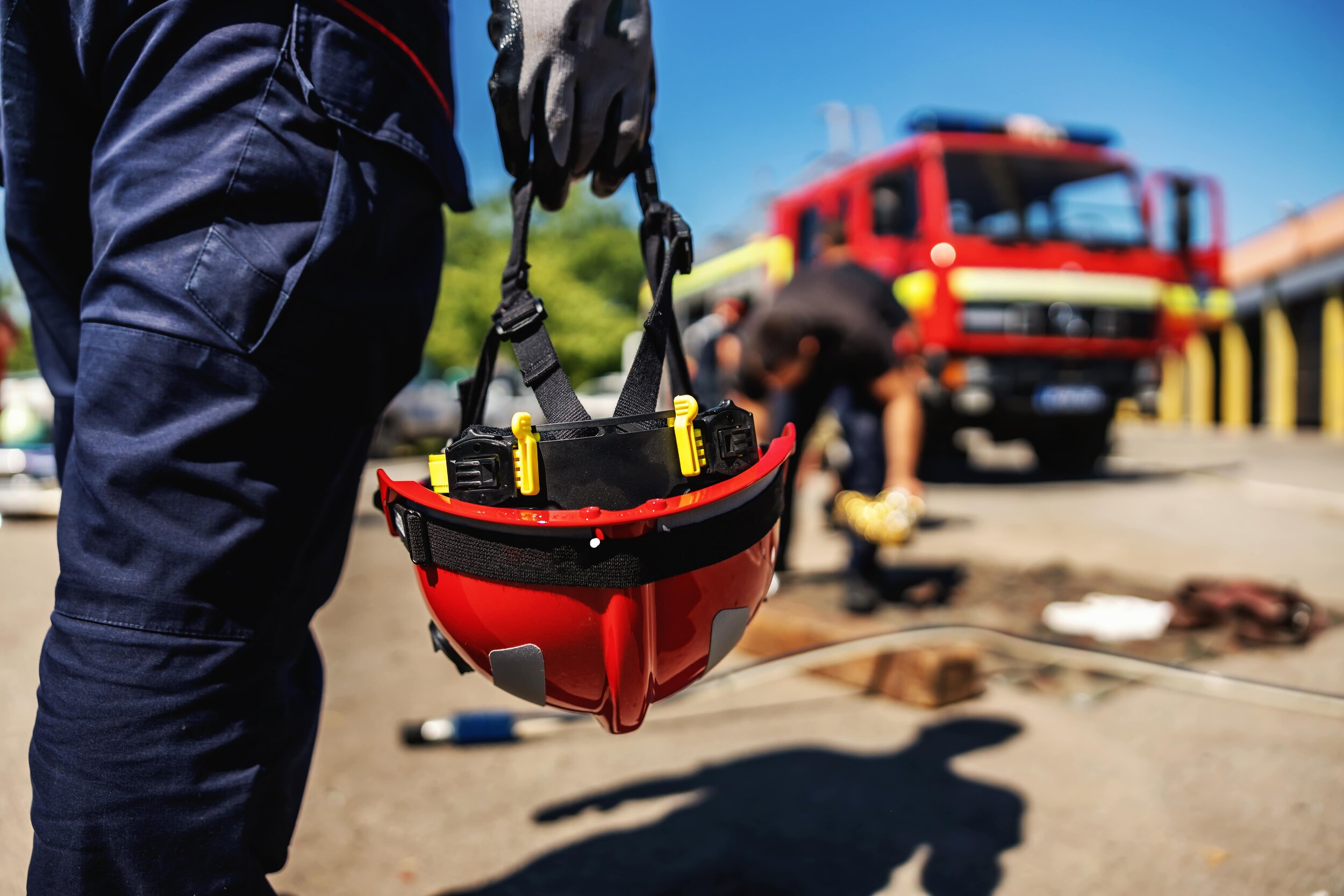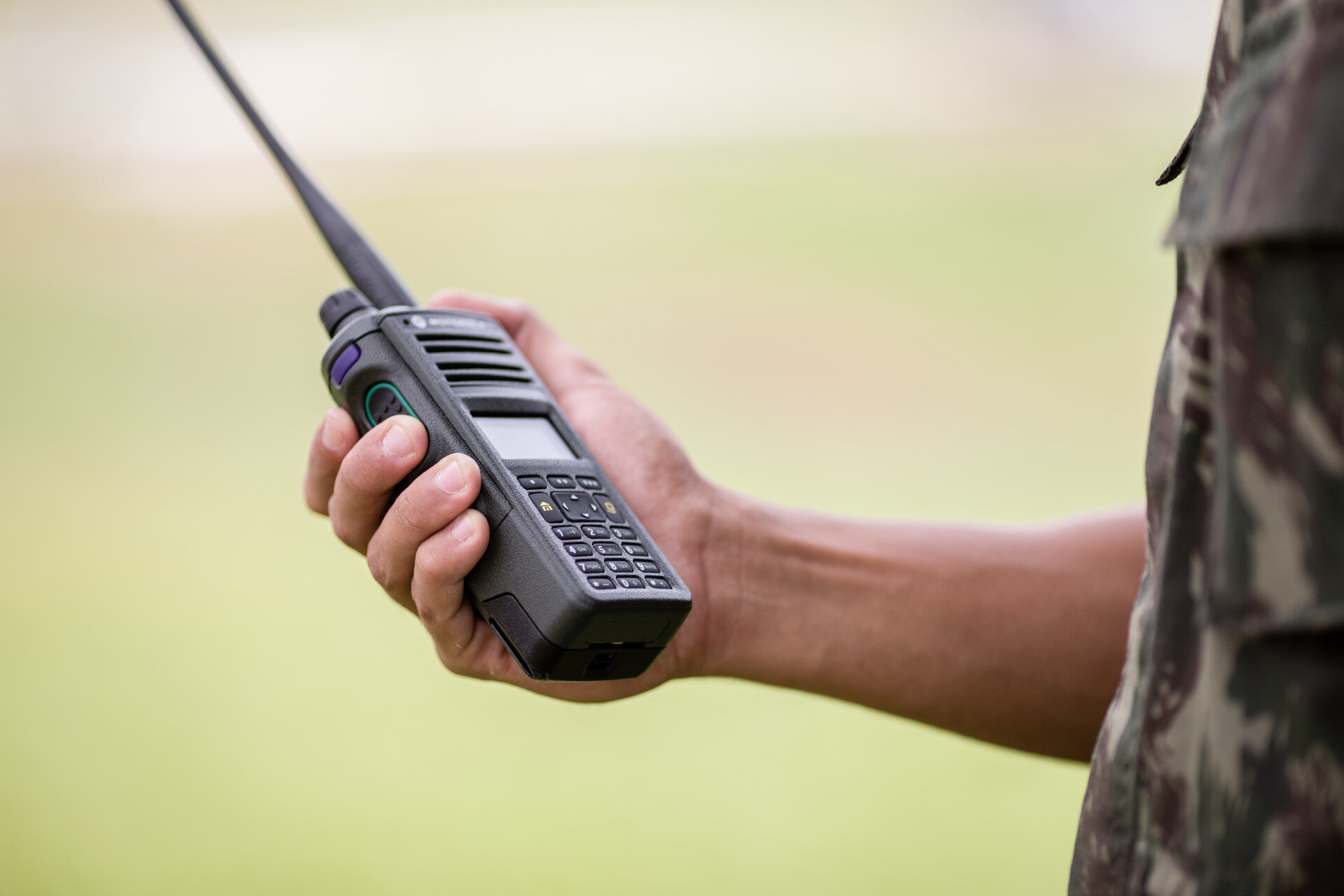Installation Services
Sigma Wireless installs and commissions systems for a wide range of customers both in Ireland and Internationally. We currently have systems in over 20 countries. All installation and commissioning is conducted in accordance with manufactures guidelines and in line with best international practices. Installation and Commissioning documentation is provided for all system installations. System Acceptance testing (SAT) is completed with the customer to ensure proper system delivery and the full system operation is tested prior to handover. As-built documentation is provided to the client as is knowledge transfer of the system.
In 2020 Sigma Wireless carried out many remote FATs. Despite the limitations imposed by COVID19 Sigma Wireless continued to deliver Mission Critical Solutions to our customers when they were needed.
Shown above is a photo of a delegation from Botswana Police Service following the successful FAT of their National Police Tetra radio network extension conducted in Sigma Wireless’s offices in Ireland.
Our Installation and Associated Services include:
• Logistics and Warehousing
• System Build and FAT testing
• System Installation & Commissioning
• DC Systems Installation & Commissioning
• Vehicle Terminal Installations
• System Acceptance Testing (SAT)
• Handover Documentation
• On Site User Training
Installation and Commissioning
System Build and Factory Acceptance Testing. Many systems include a large amount of equipment and these need to be installed in equipment racks, this can be difficult on site, we often build and configure the systems in house. In addition to this and as part of the system delivery Sigma Wireless can conduct a Factory Acceptance Tests (FAT) on the equipment before shipping to site. This can be done on individual pieces of equipment as sample of the overall system or the entire system.
We have carried out FAT tests on systems that we then shipped as a fully working system to Angola, Botswana and China to name just a few. In most cases the customer requires the FAT as part of the delivery schedule and the customer often comes and witnesses the FAT testing. The advantage of this is that we can build the system in a controlled environment and test before shipping to site.
The following is a list of typical items tested as part of a FAT test:
Physical inspection of equipment
Record of serial numbers
Record of part numbers
Test functionality against the Function Design Specification
System tests
Functionality tests
Installation Following completion of the FAT tests and the equipment builds (where applicable) and the equipment is shipped to site, Sigma Wireless will dispatch trained engineers to the installation location for the equipment installation and commissioning. All engineers travelling will have or already have the requisite training to complete the Installation & Commissioning. All installation and commissioning will be conducted in accordance with manufacture’s guidelines and in line with best international practices
SAT Upon completion of the installation and the commissioning we conduct a Site and/or System Acceptance Tests (SAT) witnessed by the end user / customer in order to ensure what is delivered is working as specified. These SAT tests can take a few hours or a few days depending on the size and complexity of the project. At the end of a successful SAT the system is handed over to support and an As Built document of the system supplied is transferred to the customer and internally to the support team.
Knowledge Transfer & Training Following completion of the system commissioning, Sigma Wireless will provide a knowledge transfer of the installed system. This can be tailor-made to suit exact requirements but will at least include the following:
Overview of system installation and operation
Main system components
Configuration details
Fault finding
Spares replacement
Operational Procedures
Routine Maintenance inspections

















